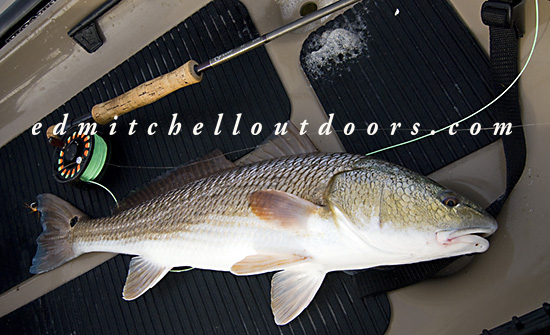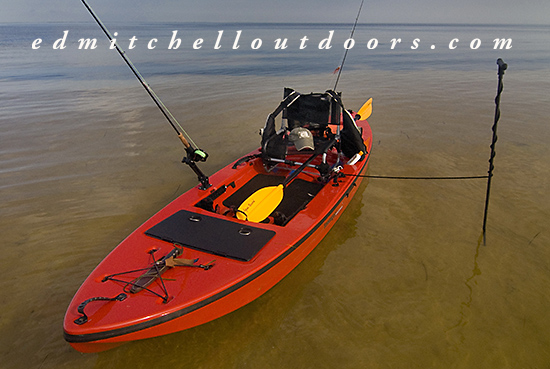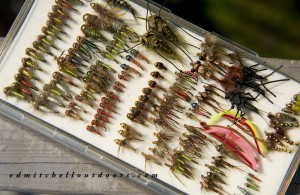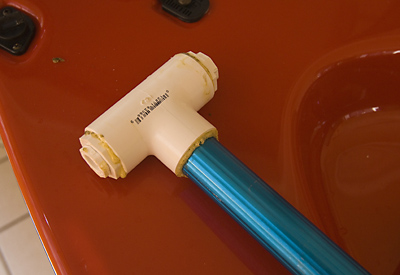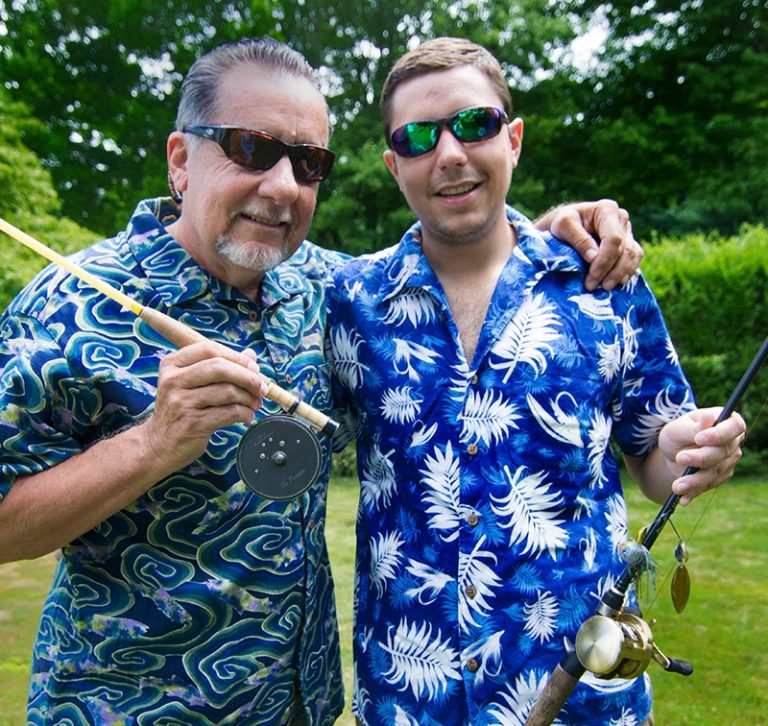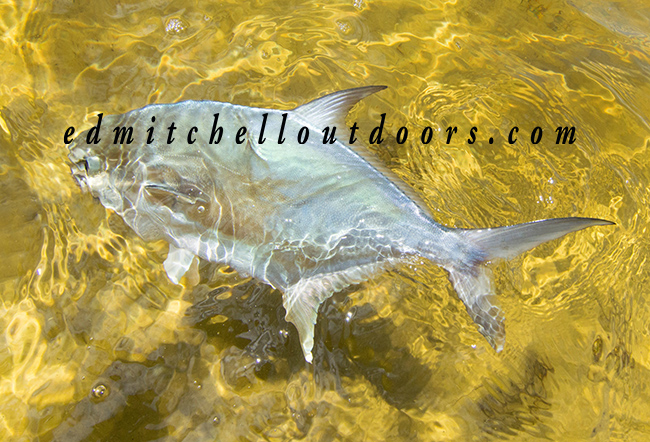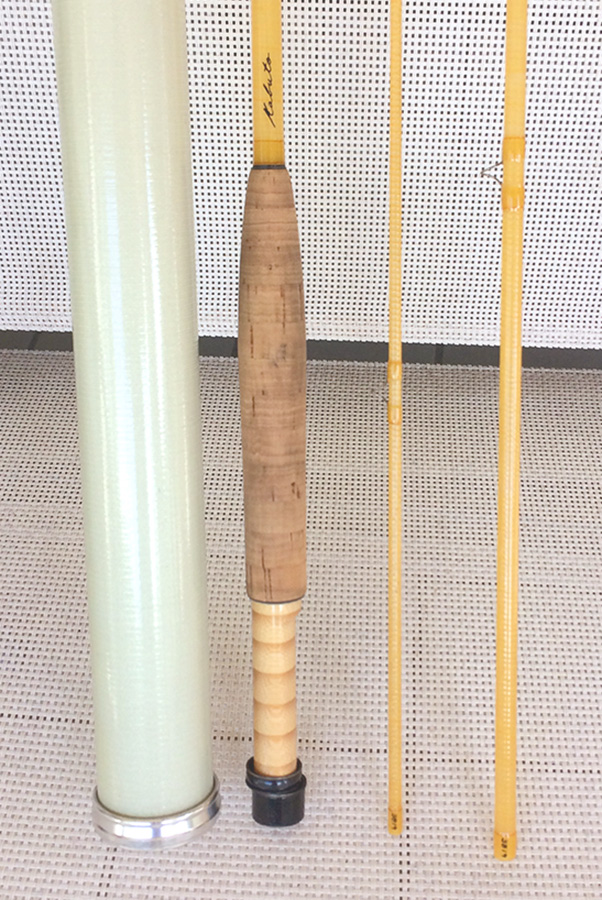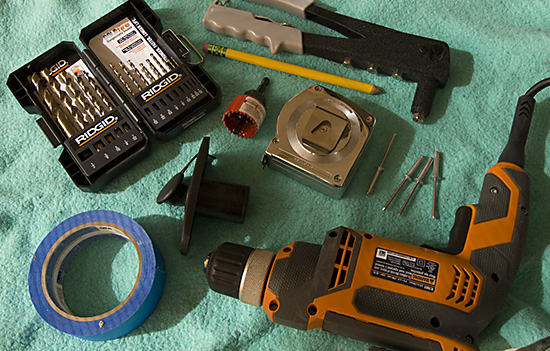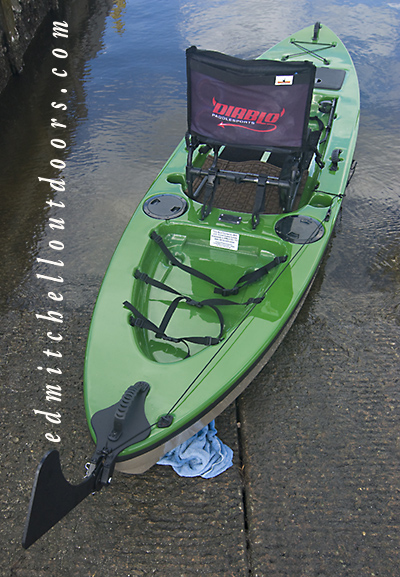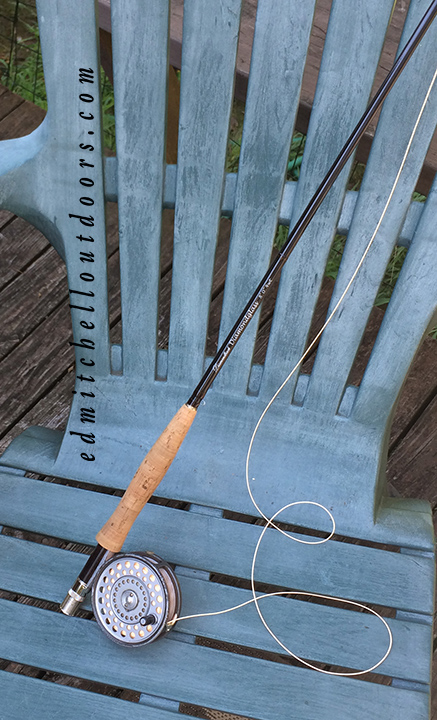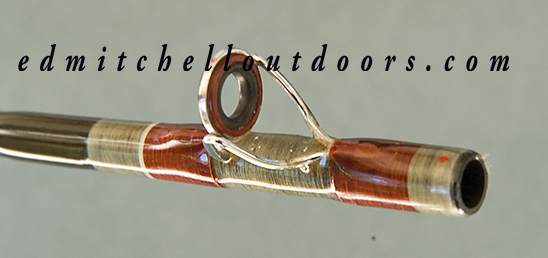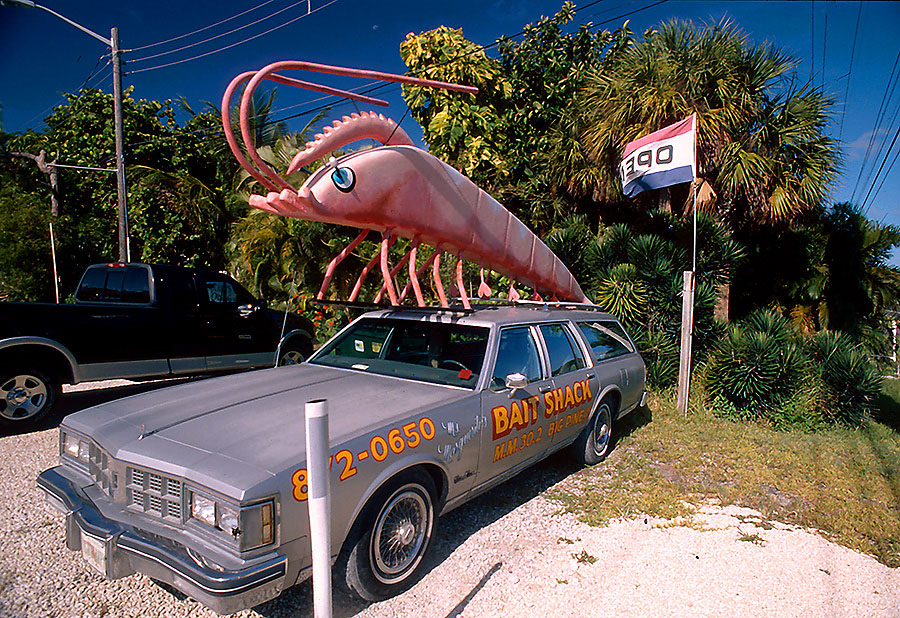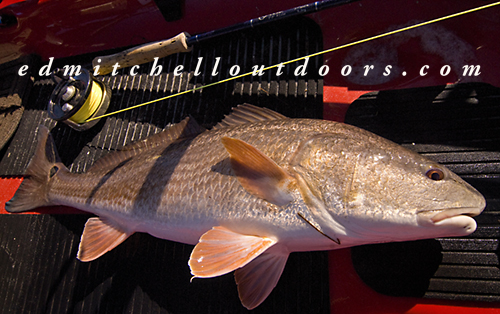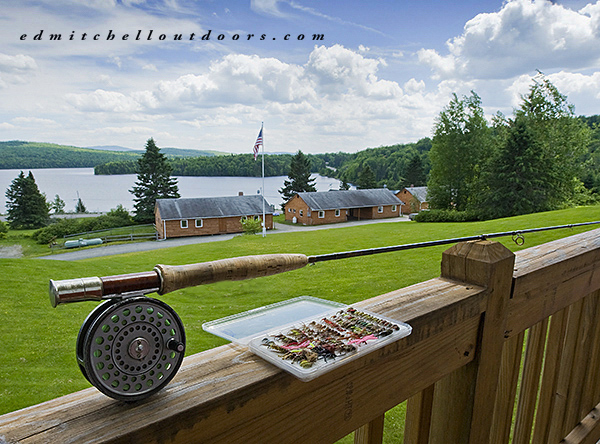The Art of the Retrieve:
You matter how fine a fly you tie, with all the right colors, the best materials, the perfect shape, size and hook; no matter how well you cast even if you can layout a 100 feet of line on a single pull, you still need to master the art of the retrieve. That’s right flies aren’t operator proof. Sure we have all seen times when a fly simply hanging in the current get clobbered, but day in and day out, it’s up to you to put live in the fly, to entice fish to grab it.
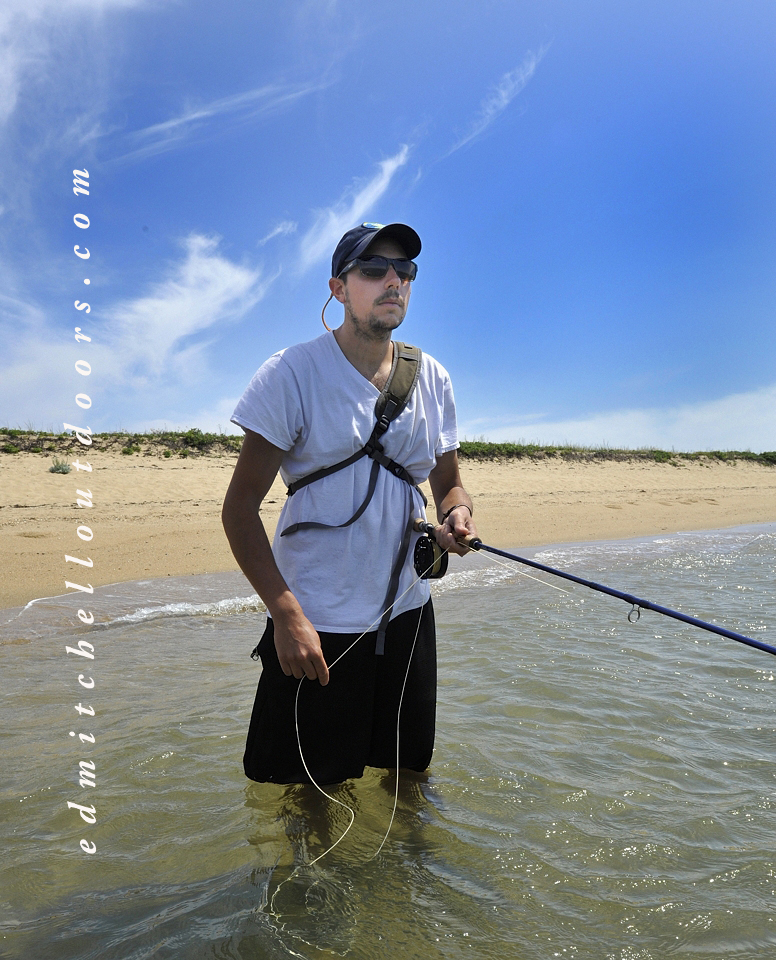 This is too big a topic to tackle in one post. Still we can open the lid on the subject and take a peek inside. Let’s focus on the salt for the second. And where better to begin then with the single- handed “strip”. (See photo) We’ll cover the two-handed retrieve down the road.
This is too big a topic to tackle in one post. Still we can open the lid on the subject and take a peek inside. Let’s focus on the salt for the second. And where better to begin then with the single- handed “strip”. (See photo) We’ll cover the two-handed retrieve down the road.
The single-handed “strip” is the most popular and most well known style of fly retrieve. It is an obvious carry-over from freshwater fly fishing, and easy to learn. The index finger of the rod hand pinches the fly line to the rod, while the other hand pulls down (strips) short lengths of fly line causing the fly to propel back toward the angler.
This type of retrieve results in a “stop-go” action. You “strip”. The fly shoots forward. You pause. The fly slows down. And with a weighted fly you get kind of a “jigging” motion to the fly that can be very appealing, especially in colder parts of the season when fish are a bit sluggish water. It is a very valuable tool as well for hopping a fly along the bottom as one does in flats fishing. And it is an excellent tool for working poppers.
So is it perfect? No. For one thing schools of bait swim in a steady line. They don’t repeatedly stop and go. So the single-handed retrieve isn’t natural looking. Furthermore, this technique is not particular good at making an extremely fast retrieve. Too awkward. And extremely slow retrieves are a problem too. Why? Fish often hit the fly during the “pause”. And if you are creeping the fly along you’re apt to miss strikes. And get this: anglers using the single-handed retrieve typically set the hook by lifting the rod rather that strip-striking with the line. That’s bad, costly error. Raising the rod tip doesn’t consistently generate enough force to drive a saltwater hook home. Lastly after a day of this method you’re likely to find a cut or sore spot in your index finger that is slow to heal. Ouch.



